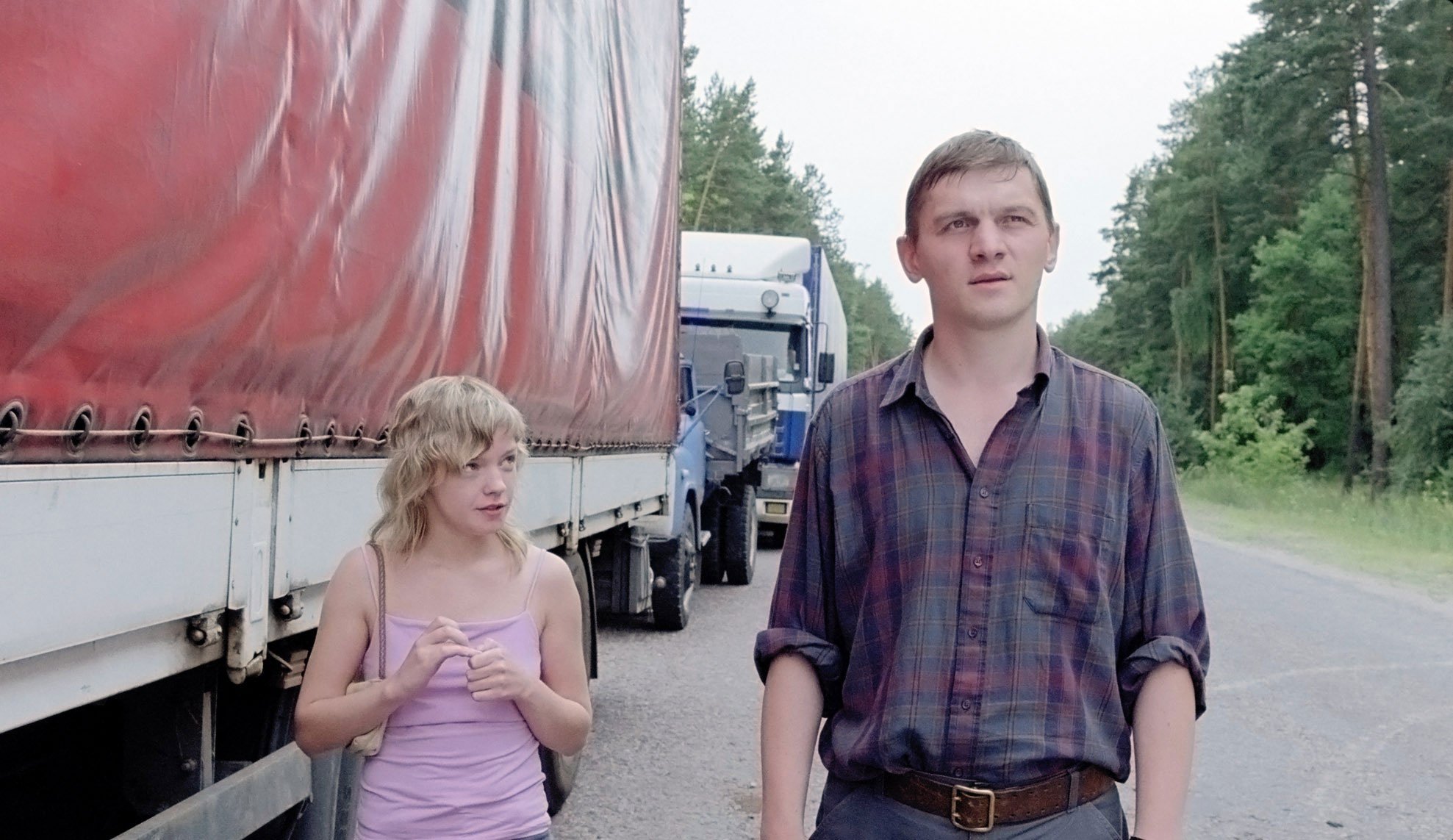
My Joy / Shchastia moie
2010
Ukraine, Netherlands, Germany
Sota Cinema Group
128 min
Sergei Loznitsa
Sergei Loznitsa
Oleg Mutu
Viktor Nemets, Alina Slepian, Olga Shuvalova, Vladimir Golovin
The film begins with a dead man in a cement ditch and follows the story of Heorhii, a truck driver tasked with transporting a load of wheat flour through the unmaintained roads of his troubled homeland. Unfortunately, he will never return home to his wife. The film also incorporates a parallel storyline — historical scenes from past military fratricidal conflicts are interwoven.
After graduating with a degree in Mathematics from the Kyiv Polytechnic Institute and studying at the Moscow VDIK (State Institute of Cinematography), Sergei Loznitsa shot his first feature film. Prior to My Joy, he had directed nearly a dozen non-fiction films. In his early works, the director combined anthropological studies of peripheral post-Soviet spaces with the portrayal of the passage of time through cinema. Collaborating with cinematographer Pavlo Kostomarov, he occasionally employed radical aesthetics, such as contrasting static portraits and contemplative moments reminiscent of Andy Warhol’s experimental works (Life, Autumn, Half-frame, Portrait). While his films centered around “the individual,” he seldom delved into their psychological complexities. Instead, the individual often remained a mere physical body, resembling a mannequin devoid of identity or biography.
My Joy, on the contrary, diverges from the cryptic silhouettes present in his earlier works, offering a stark portrayal of cruel and animalistic human nature.
Many interpreted the movie’s aesthetics as a portrayal of the tumultuous Russia of the 1990s, characterized by shock and fear. However, My Joy was filmed by Loznitsia and cinematographer Oleg Mutu (known for 4 months, 3 weeks and 2 days, 2007) in Dovzhenko’s Chernihiv region. The film illustrates an impoverished, mystical, and revenge-hungry post-Soviet space. A prominent motif in the film is a deteriorating road that winds from the capitals to the villages, ultimately leading nowhere. For the director, this road served as a metaphor for social hierarchies while also explaining dehumanization through poverty and aggression, fueled by the bleak desperation of the common people.


